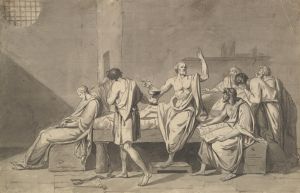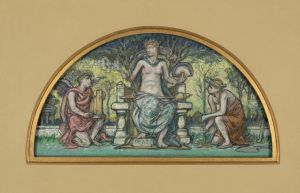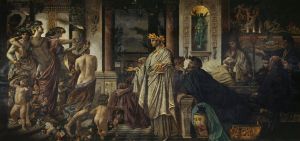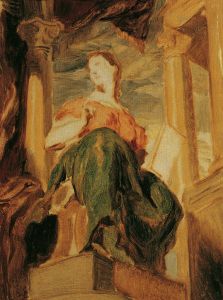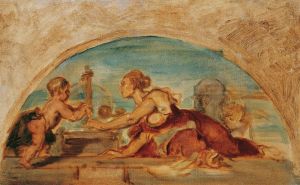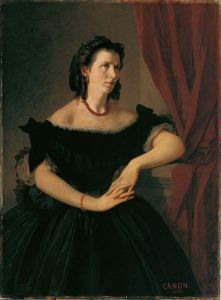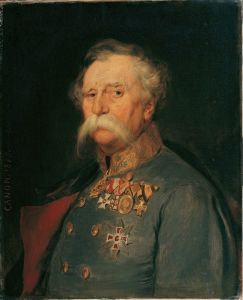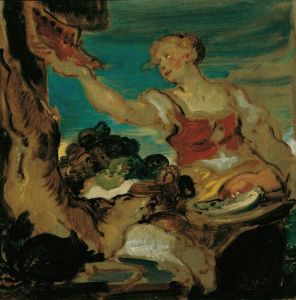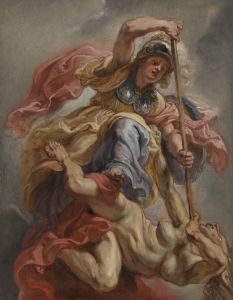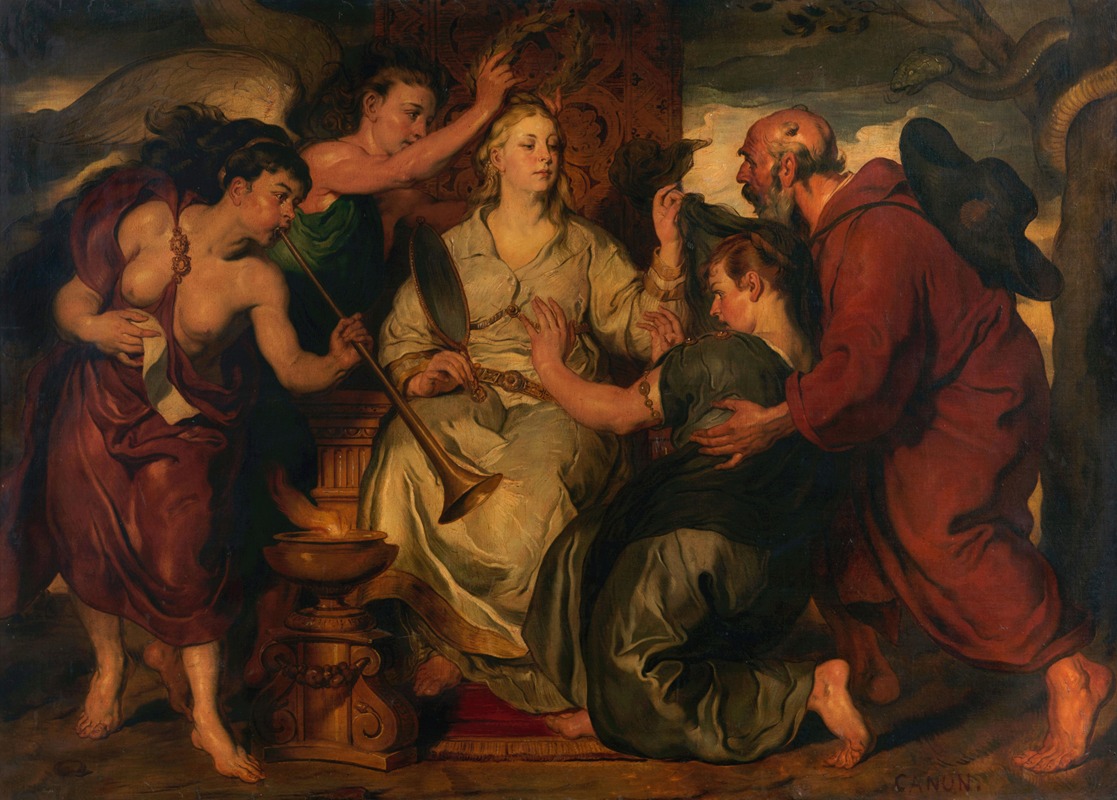
Allegory of Truth
A hand-painted replica of Hans Canon’s masterpiece Allegory of Truth, meticulously crafted by professional artists to capture the true essence of the original. Each piece is created with museum-quality canvas and rare mineral pigments, carefully painted by experienced artists with delicate brushstrokes and rich, layered colors to perfectly recreate the texture of the original artwork. Unlike machine-printed reproductions, this hand-painted version brings the painting to life, infused with the artist’s emotions and skill in every stroke. Whether for personal collection or home decoration, it instantly elevates the artistic atmosphere of any space.
Hans Canon, born Johann Baptist Straub, was an Austrian painter known for his historical and allegorical works. One of his notable paintings is "Allegory of Truth," which exemplifies his skill in combining classical themes with a distinct 19th-century sensibility.
"Allegory of Truth" is a work that reflects Canon's interest in the symbolic representation of abstract concepts, a common practice in allegorical art. The painting is characterized by its detailed composition and the use of classical imagery to convey deeper philosophical meanings. Canon's approach often involved the use of personification, where abstract ideas like truth, justice, or wisdom are depicted as human figures, usually female, to make the concepts more relatable and visually engaging.
In "Allegory of Truth," Canon employs a classical style, drawing inspiration from the Renaissance and Baroque periods, which were known for their rich use of symbolism and allegory. The painting likely features a central figure representing Truth, depicted with attributes traditionally associated with this concept. These might include a mirror, symbolizing self-reflection and honesty, or a light source, representing enlightenment and the dispelling of ignorance. Such symbols are typical in allegorical works to help viewers interpret the underlying message of the artwork.
Canon's technique in this painting would have involved a meticulous attention to detail, with a focus on the human form and the use of light and shadow to create depth and realism. His color palette might have been chosen to enhance the thematic elements of the painting, using contrasts to highlight the central figure and draw the viewer's eye to the key components of the allegory.
The context in which Canon created "Allegory of Truth" is also significant. The 19th century was a period of great change and upheaval in Europe, with shifts in political, social, and scientific thought. Artists like Canon were often influenced by these changes, and their works can reflect contemporary concerns about truth, morality, and the human condition. Allegorical paintings served as a medium through which artists could comment on these issues, using timeless themes to explore modern questions.
Hans Canon's work, including "Allegory of Truth," contributes to the rich tradition of allegorical art, where the visual representation of abstract ideas invites viewers to engage in deeper reflection. While specific details about the painting's creation, such as its exact date or current location, might not be well-documented, its thematic focus and stylistic elements are consistent with Canon's broader oeuvre.
Overall, "Allegory of Truth" stands as a testament to Hans Canon's ability to blend classical artistic techniques with the intellectual currents of his time, creating works that continue to invite interpretation and appreciation.





